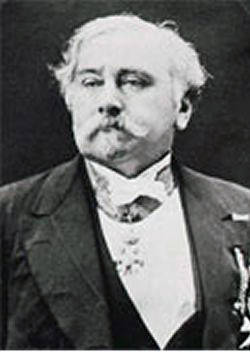Who is Mendeleev?
 Scientist had identified over 60 elements by Mendeleev's time. (Today over 110 elements are known.) In Mendeleev's day the atom was considered the most basic particle of matter. The building blocks of atoms (electrons, protons, and neutrons) were discovered only later. What Mendeleev and chemists of his time could determine, however, was the atomic weight of each element: how heavy its atoms were in comparison to an atom of hydrogen, the lightest element.
Scientist had identified over 60 elements by Mendeleev's time. (Today over 110 elements are known.) In Mendeleev's day the atom was considered the most basic particle of matter. The building blocks of atoms (electrons, protons, and neutrons) were discovered only later. What Mendeleev and chemists of his time could determine, however, was the atomic weight of each element: how heavy its atoms were in comparison to an atom of hydrogen, the lightest element.
An overall understanding of how the elements are related to each other and why they exhibit their particular chemical and physical properties was slow in coming. Between 1868 and 1870, in the process of writing his book, The Principles of Chemistry, Mendeleev created a table or chart that listed the known elements according to increasing order of atomic weights. When he organized the table into horizontal rows, a pattern became apparent--but only if he left blanks in the table. If he did so, elements with similar chemical properties appeared at regular intervals--periodically--in vertical columns on the table.
Mendeleev was bold enough to suggest that new elements not yet discovered would be found to fill the blank places. He even went so far as to predict the properties of the missing elements. Although many scientists greeted Mendeleev's first table with skepticism, its predictive value soon became clear. The discovery of gallium in 1875, of scandium in 1879, and of germanium in 1886 supported the idea underlying Mendeleev's table. Each of the new elements displayed properties that accorded with those Mendeleev had predicted, based on his realization that elements in the same column have similar chemical properties. The three new elements were respectively discovered by a French, a Scandinavian, and a German scientist, each of whom named the element in honor of his country or region. (Gallia is Latin for France.) Discovery of a new element had become a matter of national pride--the rare kind of science that people could read about in newspapers, and that even politicians would mention.


